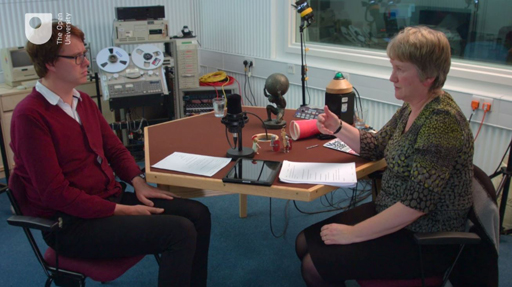Week 6: The ideal body: disability and wounding
Introduction
There is evidence from art and from medical texts describing what the ideal body was supposed to look like. But how did reality match up?
Many of the images from the ancient world you see today are of strong bodies, which give the impression that the Greeks and Romans were healthy and physically powerful. Yet this ideal was far from reality. This week you will explore the role of exercise in the ancient world and then examine physical impairments: how can they be identified? How did people live with them? What injuries could be treated so that strength and health remained?
Much evidence for exercise regimens comes from the Greek and Roman military, so you will explore ancient texts on army recruitment and on surgical treatment, and compare these with literary texts and visual representations of surgery. By exploring this material, you will see what soldiers did to maintain their battle strength. Their fitness helped protect them from battle wounds; however, such wounds were inevitable and you will also explore how soldiers treated wounds and the types of objects used for treatment. This will lead into considering the general surgical procedures used to maintain bodily health.
You should begin the final week of this course by watching Video 1. In this video, Helen King and Mathijs Lucassen discuss how ideals for male and female bodies have changed over time, and consider not only the effect of injuries on this ideal, but also the physical and psychological health of soldiers in the ancient world.

Transcript: Video 1 Becoming perfect?
NOTE: The branded products in this video are not intended to be an endorsement and have only been used for teaching purposes; there are other products available.
